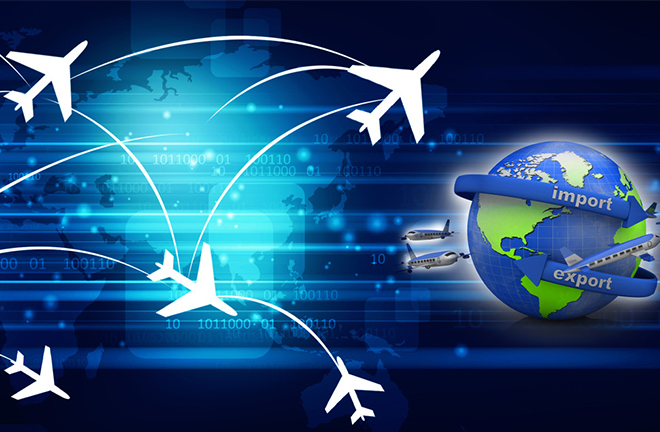Economic interaction as a form of civilizational exchange

Economic activity is the most common form of civilizational interaction. Photo: TUCHONG
Civilizational interaction is an essential pathway not only for the continuous progress of various civilizations but also for the overall advancement of world civilization. It takes various forms such as economic, cultural, institutional, and intellectual exchanges, with varying levels of complexity depending on its nature. Economic activity, as the most fundamental human activity, is the most common form of civilizational interaction. Economic interactions centered on trade in goods seem easy to promote as they produce highly perceivable and comprehensible effects and benefit both parties. However, since economic interactions directly affect the interests and survival of the involved parties, “undercurrents” exist even in win-win situations.
The driving force behind trade is the exchange of goods to meet mutual needs, with both the importing and exporting parties actively participating. The demand from the importing party (the market) is particularly crucial for two reasons.
Mutual needs
First, no civilization can produce all the material resources it needs, so importing what it lacks is inevitable. In medieval Western European cities with developed industry and commerce, domestic grain production struggled to meet the increasing food needs of growing populations, leading to massive importation of grain from neighboring regions like Egypt and the eastern Mediterranean. Grain trade therefore figured prominently in the Mediterranean and Baltic trade from the Middle Ages to the early modern period.
Second, the importing party may prioritize the importation of certain foreign products because they prove to be key to improving the quality of life for the domestic population. In the 17th and 18th centuries, the European demand for oriental silk, porcelain, tea, and spices resulted in a substantial trade surplus in favor of the East, obliging Europe to offset the imbalance with gold and silver from the Americas.
The exporting party primarily needs to analyze external demand and endeavor to expand their market so as to bring home more hard currency. During the early modern period, Western European mercantilism encouraged the exportation of raw materials in exchange for more precious metals. In the later stages, mercantilist policies shifted toward exporting finished products, which considerably increased the added value of the raw materials and facilitated the development of domestic manufacturing, thus laying the foundation for the Industrial Revolution.
“Undercurrents” typically arise when the importing party perceives inexpensive, high-quality imports as threats to domestic industries, which was not evident in the pre-capitalist era. Since the rise of mercantilism, however, Western European nations frequently implemented tariff barriers to protect weaker domestic industries. To counter Britain’s industrial dominance and advocacy of “free trade” following its Industrial Revolution, 19th-century Germany developed national economic policies that supported protective tariffs.
Global supply chains
Building cross-civilizational global supply chains represents the highest form of economic interaction, far more significant than conventional trade. Global supply chains facilitate efficient resource allocation and deployment, economic integration, and intercultural communication while also reducing political animosity. In the 12th and 13th centuries, English wool was exported to Flanders, where a portion of it was woven into plain-colored woolen fabric and then shipped to Florence for further processing. This fabric was subsequently made into high-quality woolen products and exported to the international market. Today, with advanced means of transportation and communication, the world functions as a connected system. Each economy can lower costs and increase profits by specializing in the production stage where it holds an advantage.
However, such deep interactions are not immutable. The more factors involved in an interaction, the more vulnerable the supply chain becomes to disruption. In response, affected parties may seek alternative routes and build new supply chains. During the Hundred Years’ War, the English embargo on wool exports heavily impacted the Flemish textile industry and interrupted the supply of raw materials to Flanders, prompting Florence to directly import wool from England.
Today, a global division of labor is firmly established. Western countries dominate the higher end of the supply chain, such as research and development or advanced product manufacturing, while developing nations primarily operate in the lower to mid-range, focusing on raw material supply. However, as these developing nations enhance their production capabilities, they begin to move into mid- to high-end production. Feeling threatened, certain Western countries have attempted to suppress emerging economies, disrupting global supply chains and international economic interactions.
Highlighting the existence of resistance is not only a means to understand the diversity and complexity of interactions between civilizations, but also a practical step toward overcoming such obstacles. The goal is to promote greater exchange and mutual learning among civilizations, ultimately building a community with a shared future for mankind.
Liu Jinghua is a professor from the Institute of European Civilization at Tianjin Normal University.
Edited by WANG YOURAN
